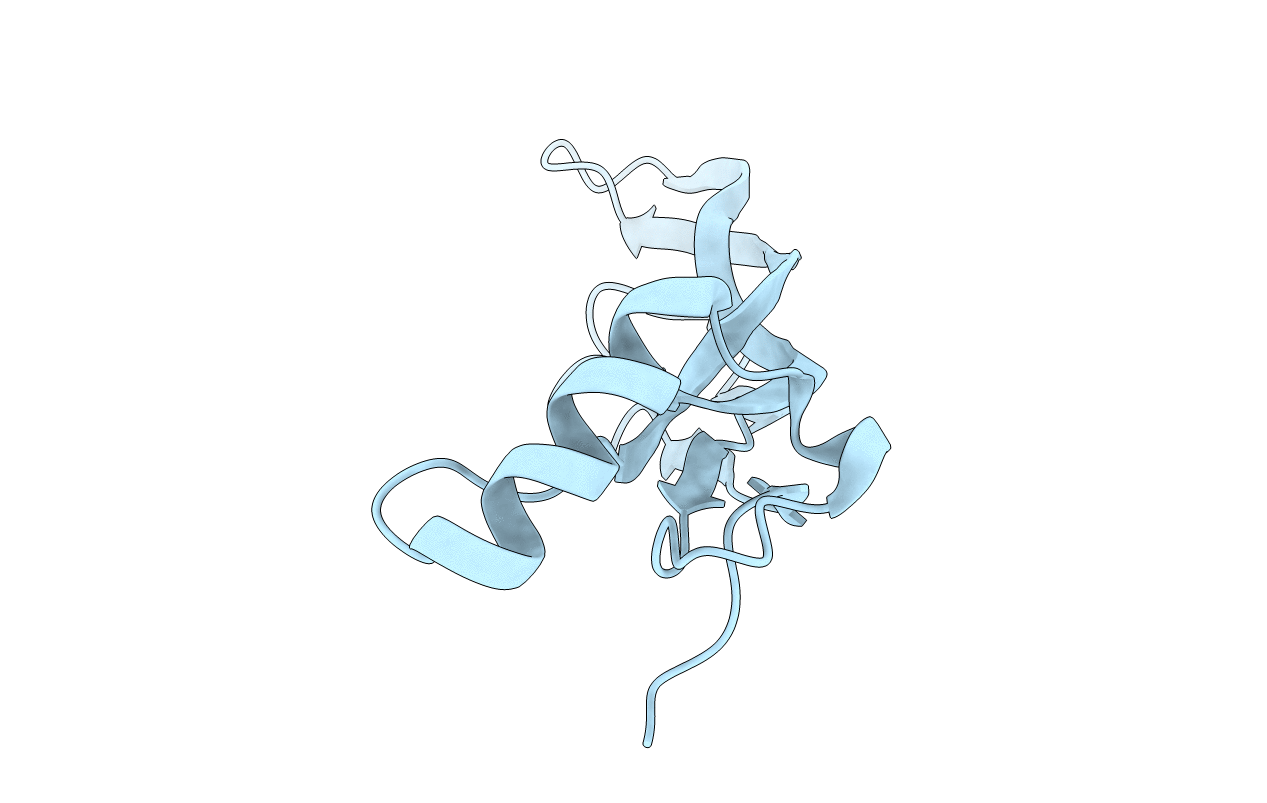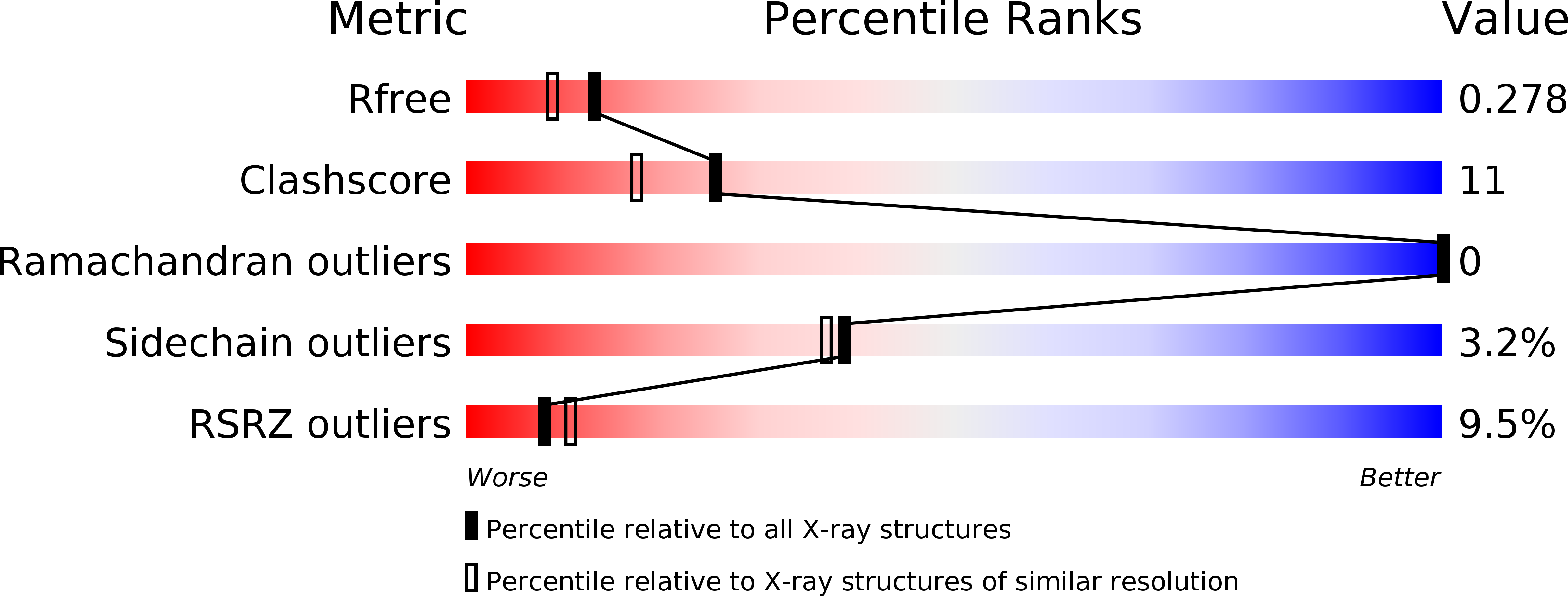
Deposition Date
2013-08-30
Release Date
2014-05-07
Last Version Date
2024-11-20
Method Details:
Experimental Method:
Resolution:
2.14 Å
R-Value Free:
0.26
R-Value Work:
0.21
R-Value Observed:
0.22
Space Group:
P 31 2 1


